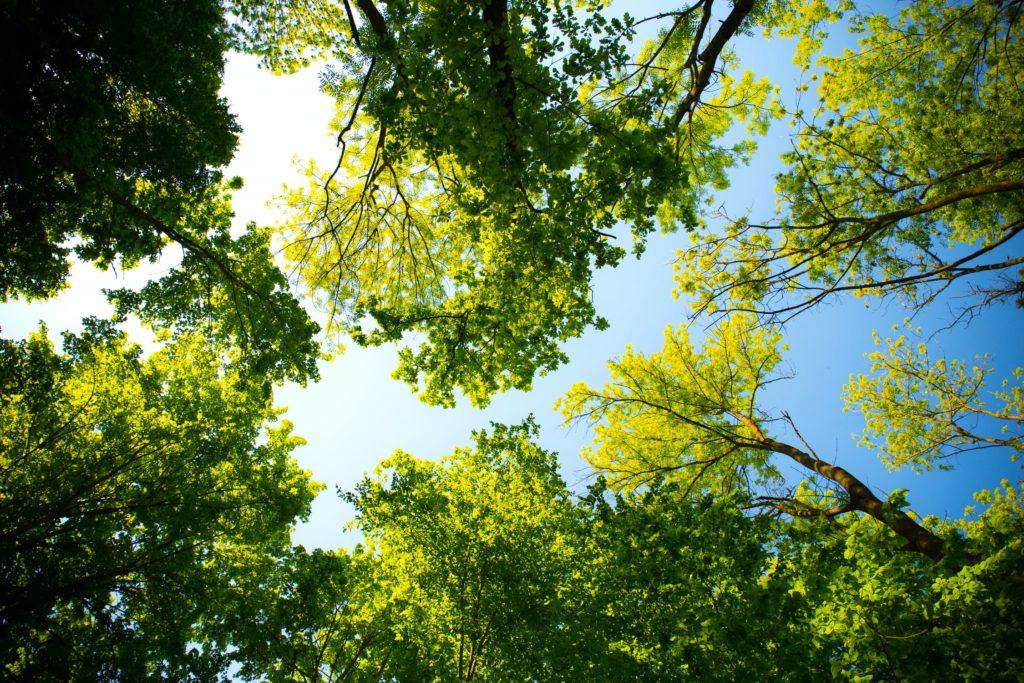The Ironwood tree found in Southwestern Ontario is a small understory species that is popular for landscaping. It dependably grows with little maintenance and is a trouble-free tree in many urban settings. Throughout the year, the Ironwood tree provides food for native wildlife, and in the fall, it shows a beautiful colour.
As the name suggests, the Southwestern Ontario Ironwood has the densest, hardest wood of any native Canadian tree species!
Where Does The Ironwood Grow?
The Ironwood (Ostrya virginiana) is native to southwestern Ontario, including the London area. The tree grows across southern Ontario up to Lake Nipissing and Sault Ste. Marie, and there are populations as far northwest as Kenora.
Ironwood is a slow-growing tree, but it has adapted to many different growing situations except for waterlogged soils; in these environments, the similarly sized blue beech will thrive.
How Can I Identify The Southwestern Ontario Ironwood?
 The Ironwood isn’t the tallest tree around, but its appearance has made it a favourite.
The Ironwood isn’t the tallest tree around, but its appearance has made it a favourite.
- The tree can get up to 12 metres (39 feet) tall when fully mature.
- It has oval-shaped alternate leaves (meaning there is one leaf per plant node on alternate sides on short stalks) with pointed tips and saw-toothed edges. These leaves can stay on through winter.
- The Ironwood’s crown is conical and wide-spreading.
- You can identify mature trees by their shaggy gray-brown bark that peels in strips.
The male flowers are called catkins, and they hang in bunches of two to three to release pollen; the female flowers are inconspicuous. You’ll sometimes hear it called the hop hornbeam because the maturing fruit looks like hops used in beer production. They come in inflated papery sacs that hang in clusters.
Can I Grow Ironwood On My Property?
 The Ironwood tree is a solid landscaping choice because of its heartiness: it tolerates poor conditions well, including sandy, gravelly, and droughty soils with a wide range of pH levels. However, it has a slow growth rate, so don’t expect Ironwoods to come into their own anytime soon.
The Ironwood tree is a solid landscaping choice because of its heartiness: it tolerates poor conditions well, including sandy, gravelly, and droughty soils with a wide range of pH levels. However, it has a slow growth rate, so don’t expect Ironwoods to come into their own anytime soon.
If the Brockley Tree team is planting Ironwood trees for a customer, we recommend a sunny spot in lighter soil. We’d make sure to lay down a large ring of bark mulch up to 8 cm deep; make sure to regularly water to prevent leaf scorch in the midsummer sun.
The Ironwood tree is useful for both native animal species and home fuel needs. White-tailed deer, small mammals like the red squirrel, and birds like ruffed grouse and rose-breasted grosbeak all forage on the twigs, catkins, and seeds. If you’re looking to use it as a fuel, the wood is very efficient and burns for a long time, but – and here the name is relevant again – it is extremely difficult to split. Don’t try to make it into kindling!

